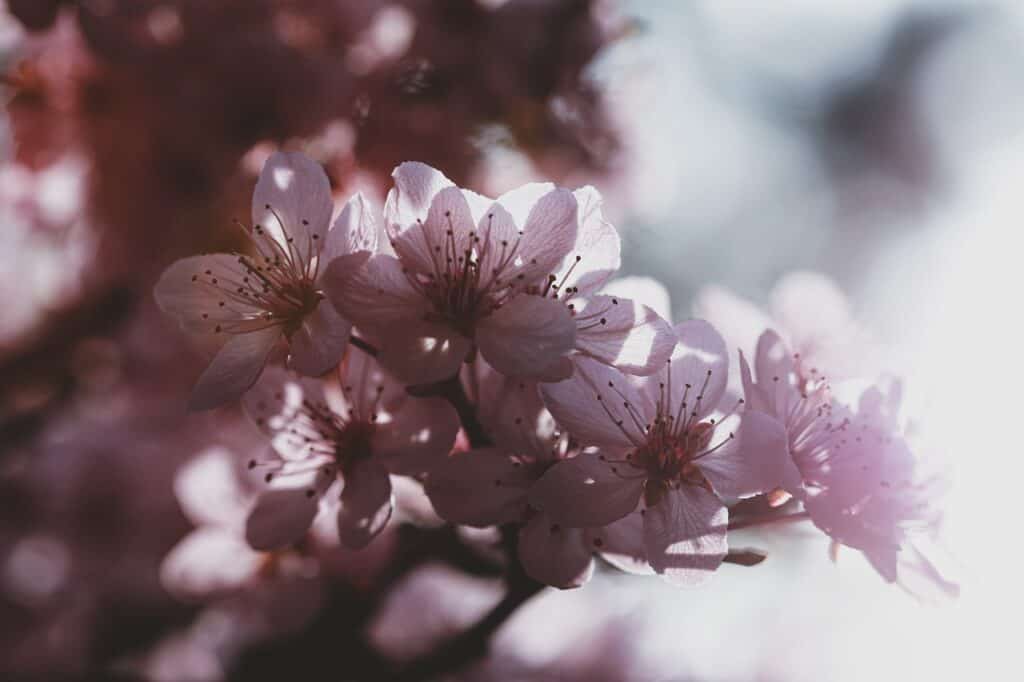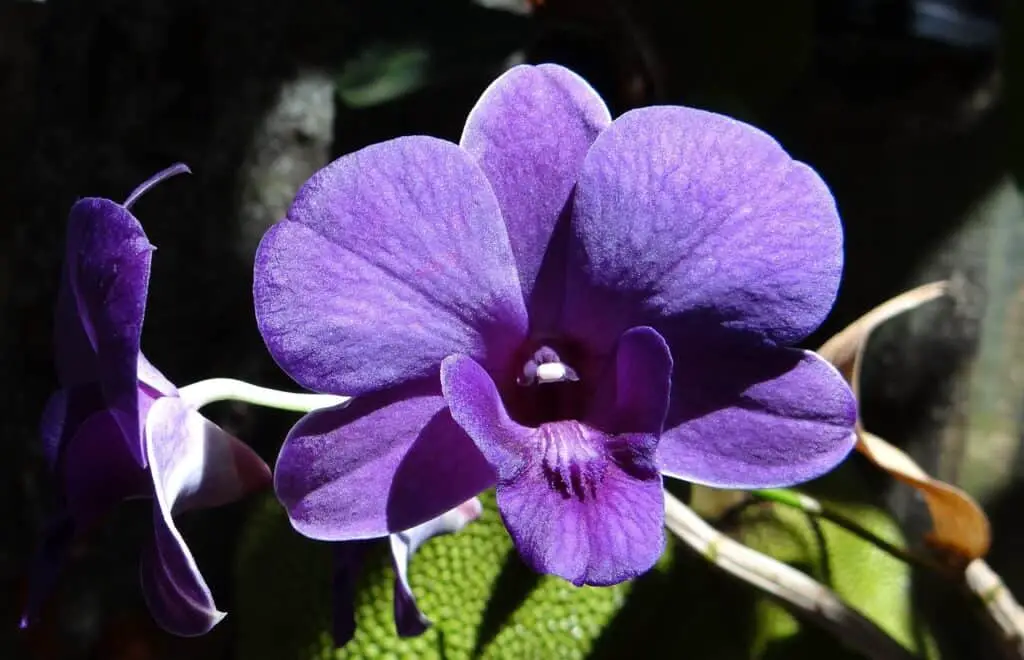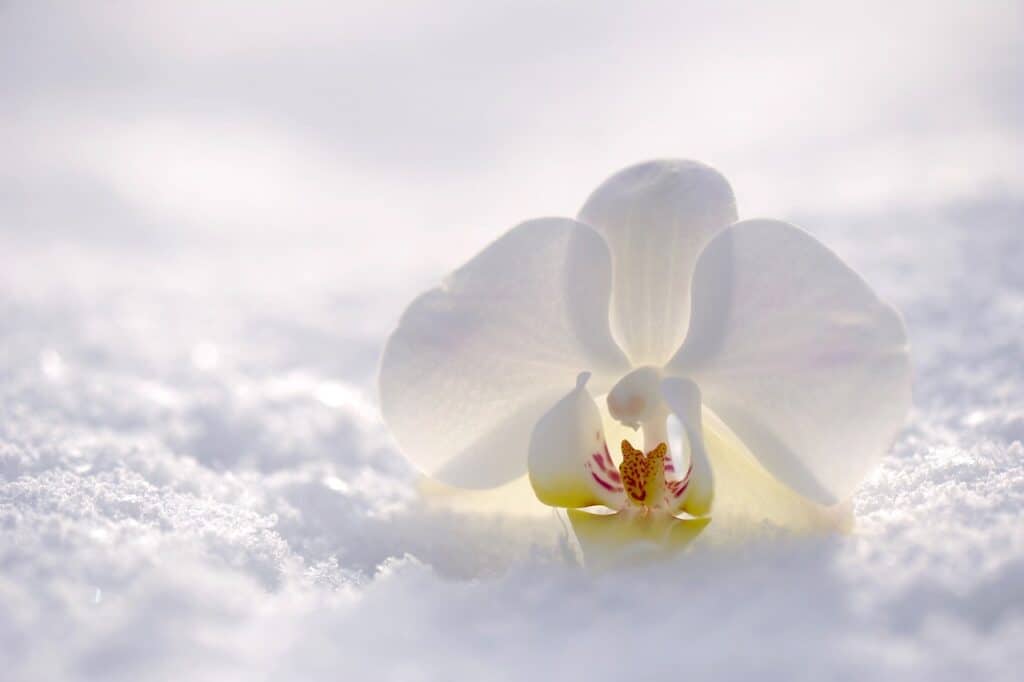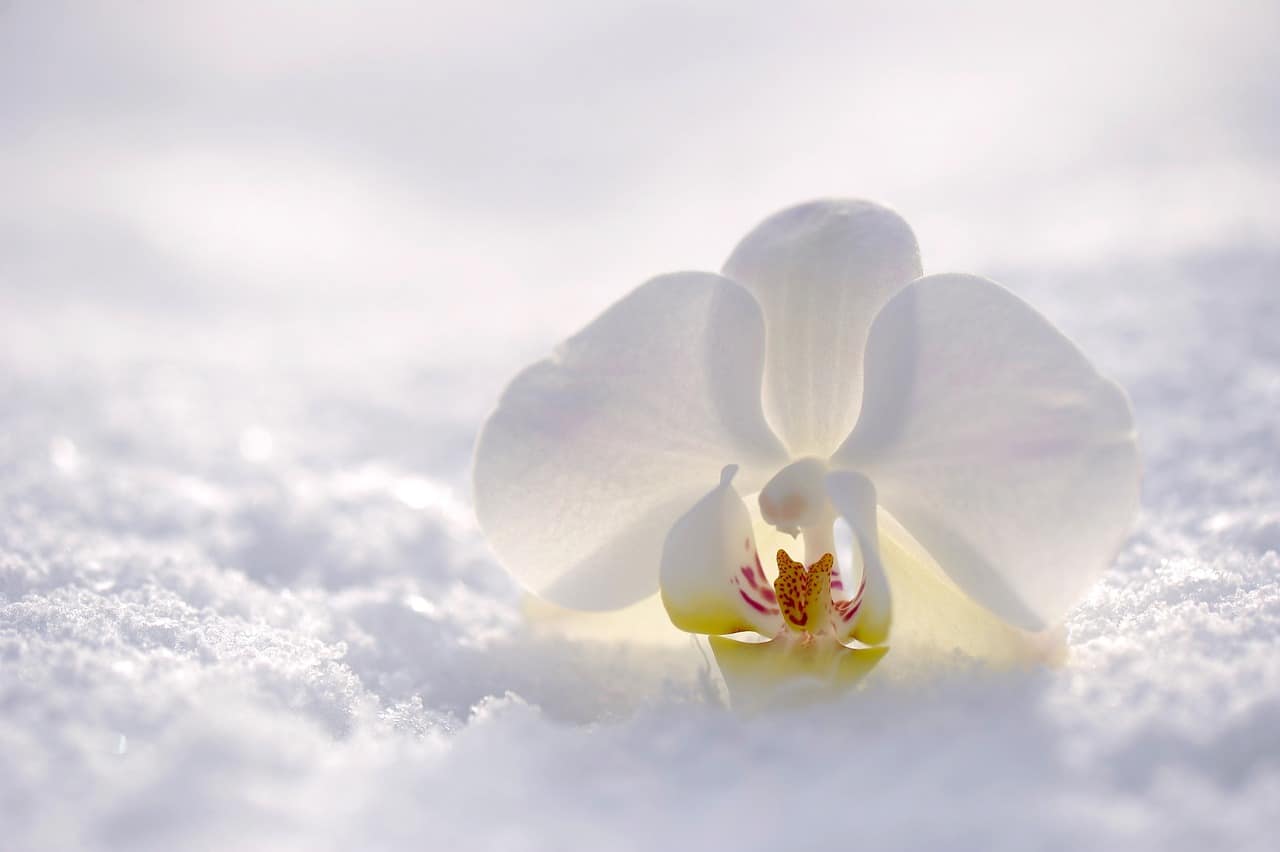Orchids, with their captivating beauty and air of exotic charm, have long been the darlings of the plant world. Orchid cultivation can be a deeply rewarding pursuit, but it also presents its own set of challenges, especially for newcomers to this enchanting hobby. To ensure that your orchids thrive and bloom with radiant beauty, it’s important to steer clear of common growing mistakes. In this article, we’ll explore these pitfalls and provide guidance on how to avoid them, allowing your orchids to flourish in a healthy and nurturing environment.

Orchid Growing Mistakes To Avoid
1. Proper Lighting: Orchids need the right balance of light, depending on their species. Avoid exposing them to too much or too little light, and research the ideal lighting conditions for your orchids.
2. Avoid Overwatering: Overwatering is a common mistake. Orchids require well-draining conditions, and you should let the top layer of the potting medium dry before watering again.
3. Humidity Levels: Maintaining proper humidity is vital for orchids, especially those from tropical regions. Use humidity trays, humidifiers, or regular misting to create the right environment.
4. Potting Medium Selection: Choosing the right potting medium is crucial. Options like sphagnum moss, bark, and perlite serve different purposes. Select the one that suits your orchid species.
5. Drainage Importance: Proper drainage is essential to prevent waterlogged roots and root rot. Use pots with drainage holes and ensure water doesn’t accumulate at the bottom.
6. Repot Sparingly: Orchids don’t require frequent repotting. Stick to a schedule of repotting every one to two years when the potting medium deteriorates.
7. Orchid Nutrition: Orchids need specialized orchid fertilizer for optimal growth. Follow a suitable fertilization schedule based on your orchid’s requirements.
8. Tailor Care to Species: Different orchid species have unique care needs. Adapt your care approach to your specific orchid to promote healthy growth and abundant blooms.
By focusing on these 8 key areas, you can avoid common mistakes and create an environment in which your orchids flourish with their captivating beauty.
What Should You Not Do With An Orchid?
Caring for orchids is a delicate and rewarding endeavor, but it’s important to know what not to do to ensure their well-being. Let’s explore the “do not” aspects of orchid care in a more free-flowing text format:
First and foremost, avoid overwatering your orchids. These plants don’t appreciate constantly wet conditions, which can lead to root rot. It’s best to let the top layer of the potting medium dry out between waterings. However, don’t swing to the other extreme by underwatering, as orchids need adequate moisture to grow and bloom. When it comes to watering, it’s crucial to use lukewarm water, ideally at room temperature. Orchids are sensitive to extreme temperature changes, and using very cold water for watering can shock the plant. Furthermore, steer clear of using softened water, which contains salts that can harm orchids. Stick to distilled or rainwater for their care.
Proper drainage is another vital aspect. Orchid pots should have drainage holes to prevent waterlogged roots, which can be detrimental to the plant’s health. Resist the temptation to overcrowd your orchids. Planting multiple orchids in one pot can lead to overcrowding and resource competition. Each orchid should have its own space to grow. Repotting should be done sparingly. Orchids don’t need frequent repotting; typically, it’s required every one to two years when the potting medium has deteriorated.

Why Can’t You Touch Orchids?
Orchids are not to be handled or touched unnecessarily because their delicate nature makes them sensitive to human contact. Here are a few reasons why touching orchids should be avoided:
- Oils and Residue: Our hands naturally contain oils, dirt, and residue. Touching orchid leaves or flowers can transfer these substances, which might hinder the plant’s ability to photosynthesize or even lead to fungal or bacterial growth on its delicate surfaces.
- Injury: Orchids have fragile, thin leaves and petals that can be easily damaged by touch. Physical contact can result in bruising, tearing, or even breaking of these delicate structures.
- Disease Transmission: Orchids can be susceptible to diseases, and touching them with hands that have come into contact with other plants might introduce pathogens that could harm the orchid.
- Natural Protection: Orchids have evolved to protect themselves from potential threats. Some species have tiny hairs or spines on their leaves and stems to deter herbivores or pests. Touching the plant might disrupt these natural defenses.
While it’s generally best to minimize physical contact with orchids, when necessary, be sure to handle them with clean hands or gloves to reduce the risk of transferring oils, dirt, or potential pathogens. Orchids thrive when left undisturbed, so it’s advisable to appreciate their beauty from a distance.

Where To Keep Orchids In Winter
During the winter months, it’s crucial to create the ideal environment for your orchids to flourish. Here’s how to care for them during this season:
Temperature: Orchids generally prefer slightly cooler temperatures in the winter. Keep them in a location where the temperature doesn’t drop below 55°F (13°C) for most common orchid types. Avoid prolonged exposure to cold, which can harm the plants. A comfortable room temperature for you is often suitable for orchids.
Light: Orchids still require light during the winter, albeit at a lower intensity than in the summer. Place them in areas with bright, indirect light. East or west-facing windowsills are excellent options. You can also supplement natural light with artificial grow lights.
Humidity: Indoor heating systems can reduce humidity levels, which may be challenging for orchids. Use a humidity tray, a room humidifier, or mist your orchids regularly to maintain adequate humidity.
Watering: Adjust your watering frequency during winter. With lower light levels and cooler temperatures, orchids typically need less frequent watering. Allow the top layer of the potting medium to dry out slightly before watering, usually every 7-10 days. Adapt the schedule based on your specific orchid type and home conditions.

